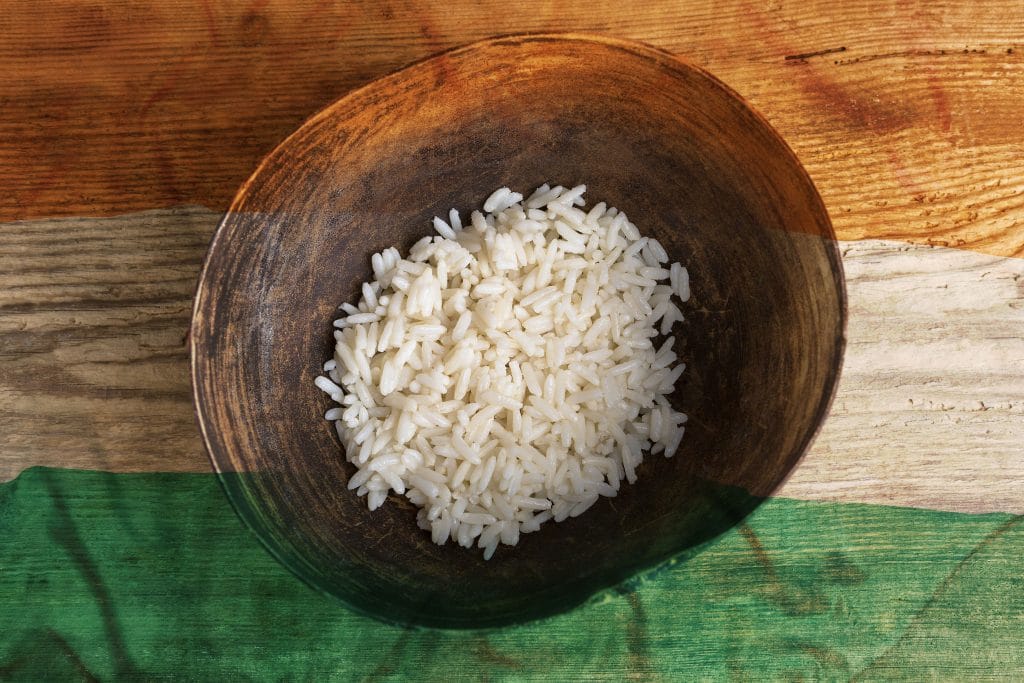India has more children considered to be stunted than any other nation by a clear margin. The latest figures suggest there are around 46.6 million children who are stunted in the country. The government is assessing a number of parameters to be used to measure stunted growth in children in an attempt to see how they can be “Indianised” (i.e. to be more specific to the anthropology of Indians), according to the Economic Times.

Stunting is a condition resulting from malnourishment, specifically referring to when a child is not tall enough for their age. Stunting during infancy is linked to a range of poor health indicators in later life, including poor educational performance. Statistics indicate that 66 percent of working Indians who suffered from stunting during childhood experience lower wages.
While there are international parameters regarding stunting measurements, the government notes that due to the diversity of the country, more specific measurements are needed. “The government in collaboration with the Harvard T H Chan School of Public Health and World Health Organization is looking into how these international parameters can be Indianised,” an official source said.
Indeed, with a population well in excess of a billion, India holds a significant degree of diversity within its borders. This genetic diversity can lead to a range of different average anthropological measurements such as variations in height and healthy weights.
Adding to this, India’s vastly different geographical regions can mean that rural areas across the nation have entirely different diets. While this can have a major impact on child development, some measurements for the criteria of stunting are universal. For example, low caloric intake leading to low weight will be a warning sign regardless of the local cuisine.
The Centre has opted to study locally available nutritious food that would not only be healthy but also cost-effective and conveniently obtainable for the families. In addition, education regarding nutrition is to be made more readily available, allowing families to make the most of the information regarding the local, healthier food.
A more grassroots approach to nutrition at a local level could go a long way in supporting India’s children through childhood. Ensuring proper nutrition at an early age could allow for better educational performance, and therefore better prospects in later life.

